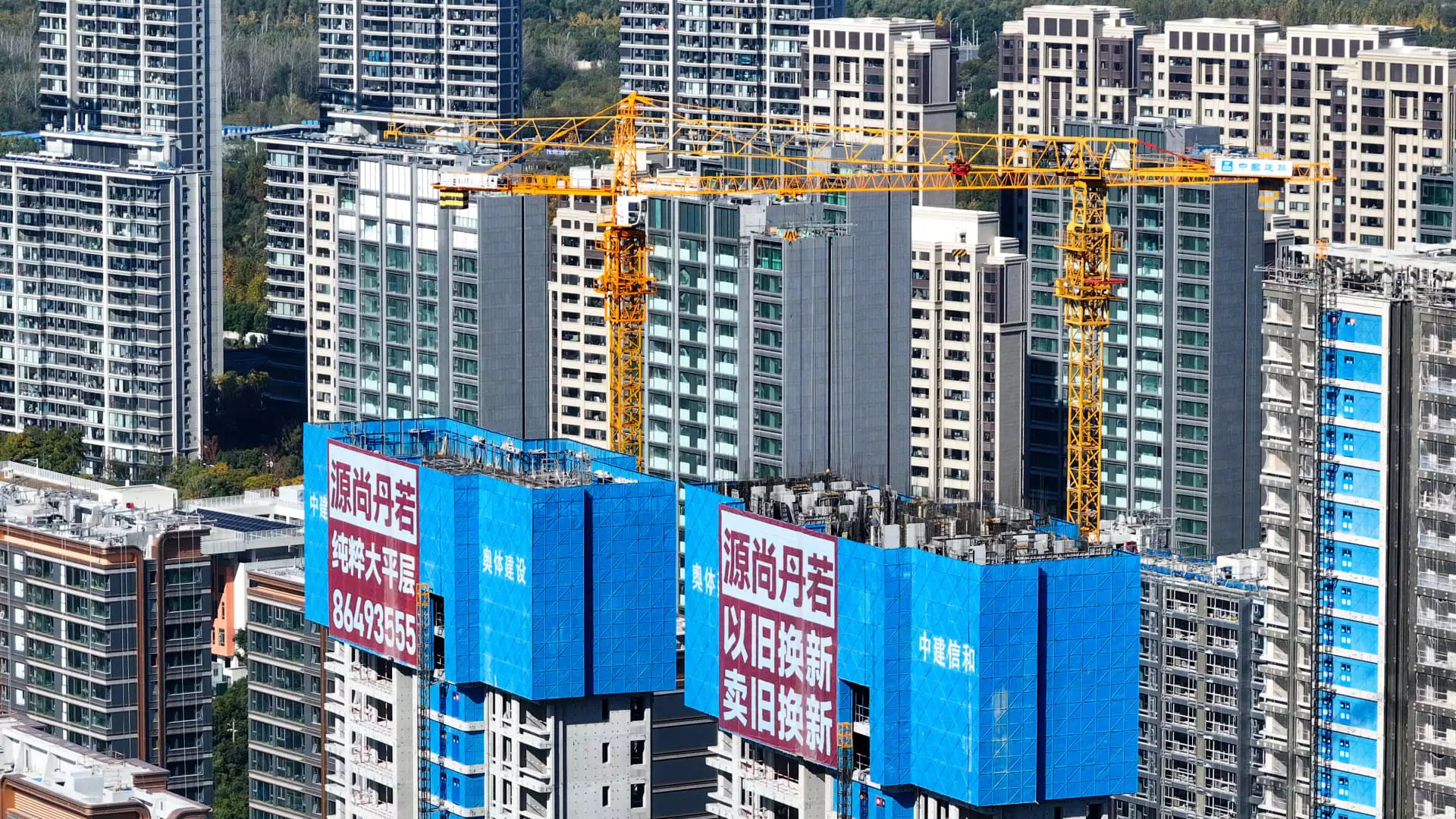China’s attempts to revive its economy have sparked discussions about the efficacy of its stimulus measures. As the world’s second-largest economy, the implications of China’s economic performance resonate globally. However, recent corporate earnings and statistical data suggest that recovery remains sporadic, highlighting a complex landscape marked by both cautious optimism and significant hurdles ahead. This article will delve into the nuances of China’s current economic situation, evaluating the effectiveness of government stimulus efforts and the strategic changes being seen in various sectors.
Since the Chinese government announced a series of stimulus packages in late September, there have been signs of growth in key sectors such as real estate and manufacturing. Nevertheless, the overall impact of these measures appears muted. Companies are exhibiting a generally cautious outlook, suggesting that the effects of stimulus are not being felt uniformly across all sectors. For instance, Meituan, the food delivery behemoth, recently noted that while its travel booking revenues slightly improved compared to prior months, the average order value in that division did not show robust growth. This reflects a broader trend where companies are hesitant to place strong bets on immediate recovery.
The skepticism shared by executives in various sectors—demonstrated by statements made during earnings calls—underscores a lack of confidence in the quick turnaround promised by government initiatives. Similar sentiments echoed from the likes of Alibaba and Tencent, reiterating the message that while action has been taken, it may take considerable time before the expected economic momentum is realized.
Experts like Gabriel Wildau of Teneo suggest that this cautious tone is indicative of China’s deeper economic objectives, which prioritize technological self-sufficiency and national security over immediate financial performance. As such, the current stimuli may represent a ‘just enough’ approach, opting for gradual interventions that are data-driven rather than expansive fiscal measures. This strategy may aim to achieve the government’s target economic growth of approximately 5% this year and hopes to mirror that pace in the following year.
Preliminary economic indicators from November lend credence to this measured approach, revealing a slight uptick in manufacturing activity as evidenced by the Caixin purchasing managers’ index and official PMI figures. However, these indices show improvements that are more incremental than explosive, indicating a fragile recovery that still requires nurturing. The contraction in manufacturing employment paints a stark picture of the labor market, suggesting that confidence among businesses to expand their workforce is lacking.
External factors complicate China’s economic landscape, particularly geopolitical tensions that could hamper recovery efforts. With the U.S. government imposing new restrictions on Chinese chipmakers and considering tariffs on imports, the pressures on China’s manufacturing sector could stymie progress. A recent survey from the China Beige Book noted that while retail spending and home sales have seen some improvement, these gains might not be sustainable without continual governmental support. Companies are expressing a need for additional reassurance from authorities to foster an environment conducive to stability and growth.
The survey’s findings, which highlighted rising borrowing rates among businesses, further support this belief. While the results indicate that firms are beginning to emerge from a defensive stance, sustained demand for credit is crucial in ensuring this emerging trend does not reverse in light of external pressures or lack of policy follow-through.
As China approaches its annual economic planning meeting scheduled for mid-December, eyes will be on policymakers to announce additional measures aimed at sustaining recovery and addressing ongoing challenges. The Ministry of Finance has hinted at more fiscal support in 2024, which would be a welcome development if implemented effectively.
While there are signs of positive movement within certain sectors of China’s economy, the overall landscape remains fragile. The government’s incremental approach with stimulus measures reveals both a strategic long-term vision and an acknowledgment of current limitations. The balance between fostering economic growth and maintaining national security priorities will be crucial in shaping China’s economic trajectory as it navigates these complexities in the months and years to come.

